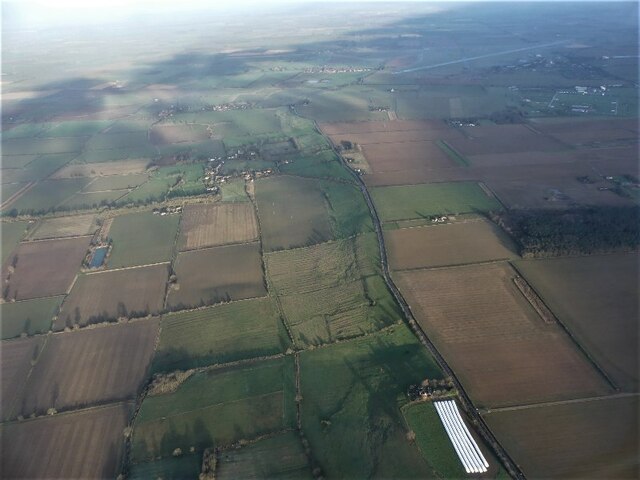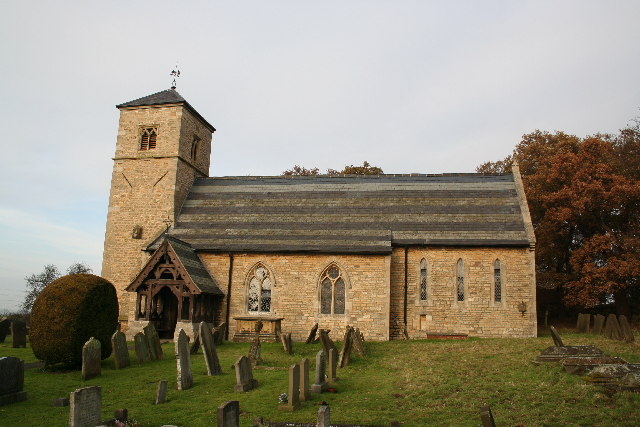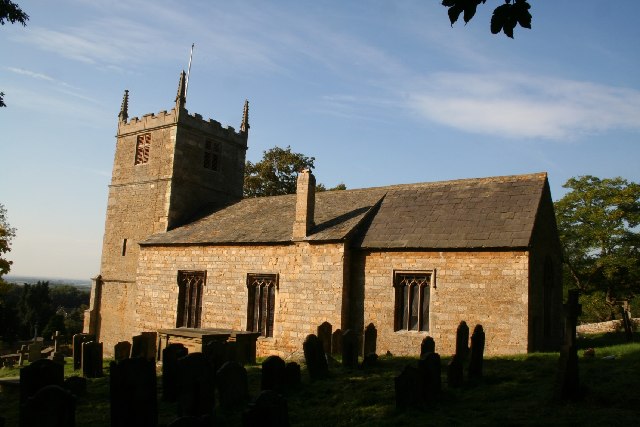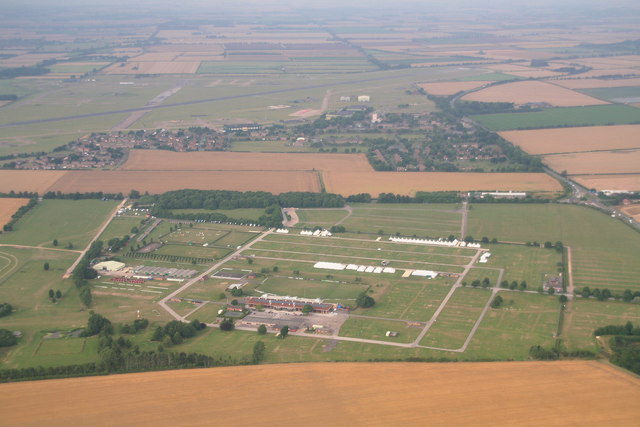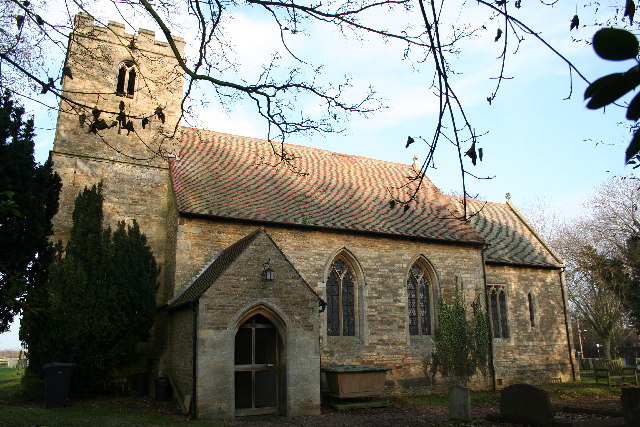South Carlton
Settlement in Lincolnshire West Lindsey
England
South Carlton
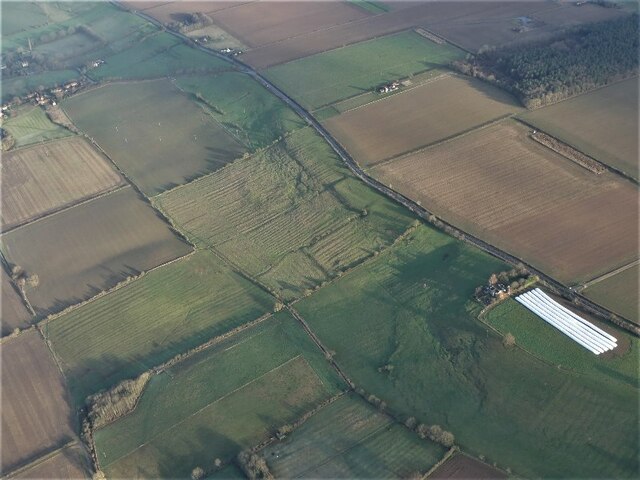
South Carlton is a small village located in the county of Lincolnshire, England. Situated approximately 9 miles north of the city of Lincoln, it falls within the West Lindsey district. The village is nestled in the serene countryside, surrounded by picturesque farmland and lush green fields.
South Carlton is home to a close-knit community, with a population of around 300 residents. The village exudes a peaceful and tranquil atmosphere, offering a retreat from the hustle and bustle of city life. It is known for its idyllic rural setting and charming, well-preserved traditional cottages.
The village boasts a few essential amenities, including a village hall that serves as a hub for community activities and events. There is also a local pub, providing a cozy gathering place for residents and visitors alike.
Nature enthusiasts will appreciate South Carlton's proximity to the Lincolnshire Wolds, an Area of Outstanding Natural Beauty. This offers ample opportunities for outdoor activities such as hiking, cycling, and birdwatching.
For those seeking cultural experiences, South Carlton is within easy reach of Lincoln, a historic city renowned for its magnificent cathedral, medieval castle, and vibrant cultural scene. Lincoln offers a range of shopping, dining, and entertainment options, as well as excellent educational institutions and healthcare facilities.
Overall, South Carlton offers a charming countryside lifestyle with easy access to nearby amenities and attractions, making it an appealing place to reside or visit for those seeking a peaceful retreat in the heart of Lincolnshire.
If you have any feedback on the listing, please let us know in the comments section below.
South Carlton Images
Images are sourced within 2km of 53.276028/-0.57150016 or Grid Reference SK9576. Thanks to Geograph Open Source API. All images are credited.
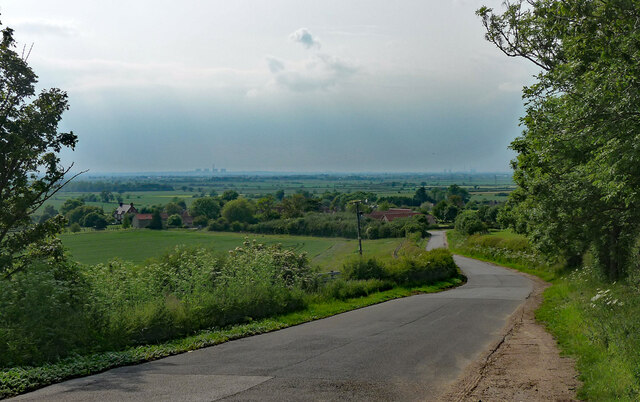






South Carlton is located at Grid Ref: SK9576 (Lat: 53.276028, Lng: -0.57150016)
Division: Parts of Lindsey
Administrative County: Lincolnshire
District: West Lindsey
Police Authority: Lincolnshire
What 3 Words
///wash.marker.pasta. Near Burton, Lincolnshire
Nearby Locations
Related Wikis
South Carlton
South Carlton is a village and civil parish in the West Lindsey district of Lincolnshire, England. It is situated on the B1398 road, approximately 2 miles...
North Carlton, Lincolnshire
North Carlton is a village and civil parish in the West Lindsey district of Lincolnshire, England. The population of the civil parish at the 2011 census...
Burton, Lincolnshire
Burton is a civil parish in the West Lindsey district of Lincolnshire, England. Its core settlement is Burton-by-Lincoln. a village situated approximately...
Lincolnshire Showground
The Lincolnshire Showground is an agricultural showground and exhibition centre in North Carlton, north of Lincoln in England. It is the chief exhibition...
Riseholme Hall
Riseholme Hall is an early 18th-century country house in Riseholme, West Lindsey, Lincolnshire, England. It was designed by William Railton and is a grade...
Scampton
Scampton is a village and civil parish in the West Lindsey district of Lincolnshire, England. The population of the civil parish including Brampton and...
Riseholme
Riseholme is a village and civil parish in the West Lindsey district of Lincolnshire, England. The population of the civil parish was 450 at the 2011 census...
Sobraon Barracks
Sobraon Barracks is a military installation in Lincoln, England. It is currently occupied by the 160 (Lincoln) Squadron Royal Logistic Corps and Lincolnshire...
Nearby Amenities
Located within 500m of 53.276028,-0.57150016Have you been to South Carlton?
Leave your review of South Carlton below (or comments, questions and feedback).
